- Review of emerging genetics and etiologic theories of bipolar disorders
- Correlation between recent neurobiologic findings and clinical manifestations of bipolar disorders
- Discussion of the role of endocrine and immune alterations in metabolic derangements associated with bipolar disorders
Latest Updates
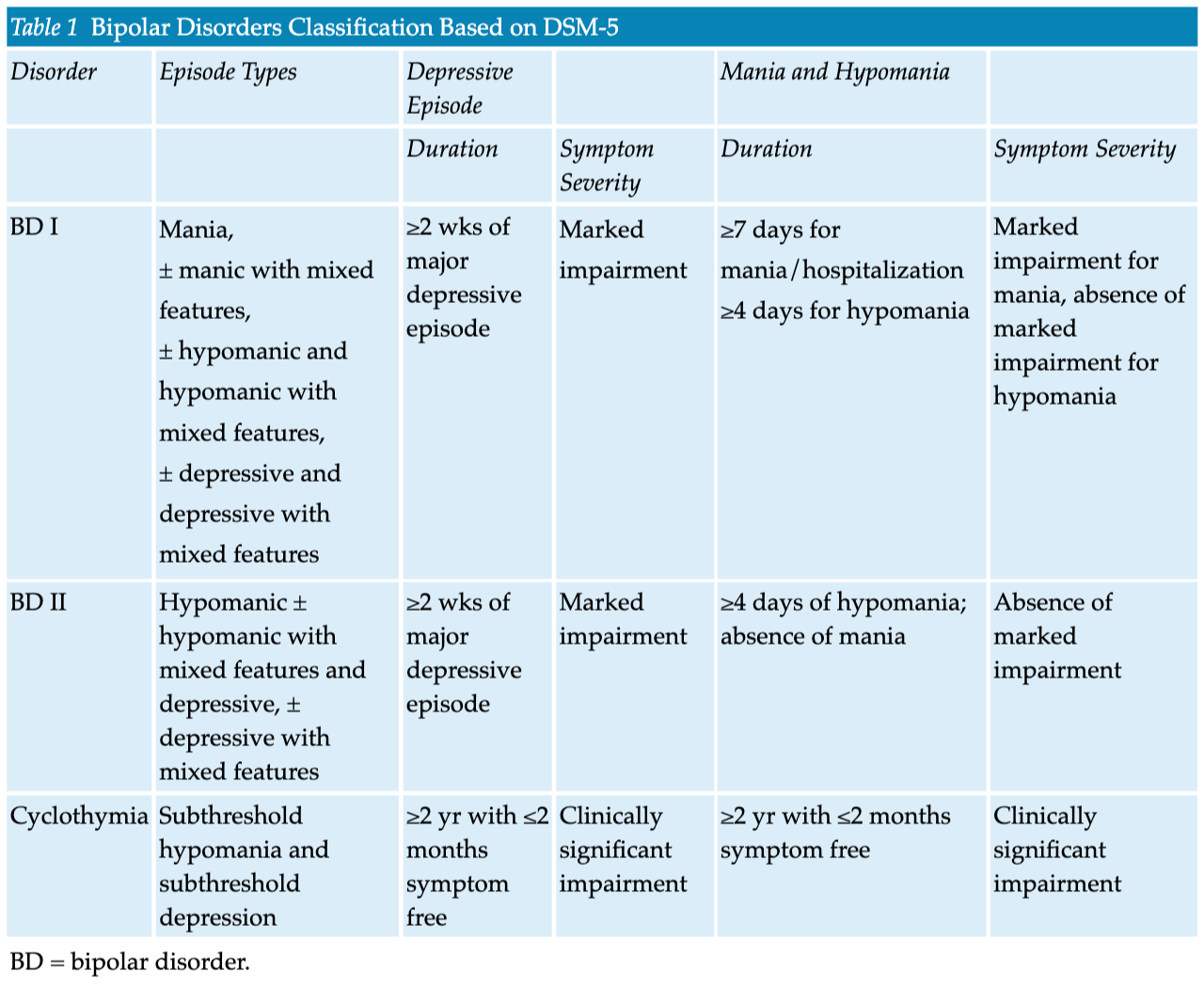

- Review of emerging genetics and etiologic theories of bipolar disorders
- Correlation between recent neurobiologic findings and clinical manifestations of bipolar disorders
- Discussion of the role of endocrine and immune alterations in metabolic derangements associated with bipolar disorders
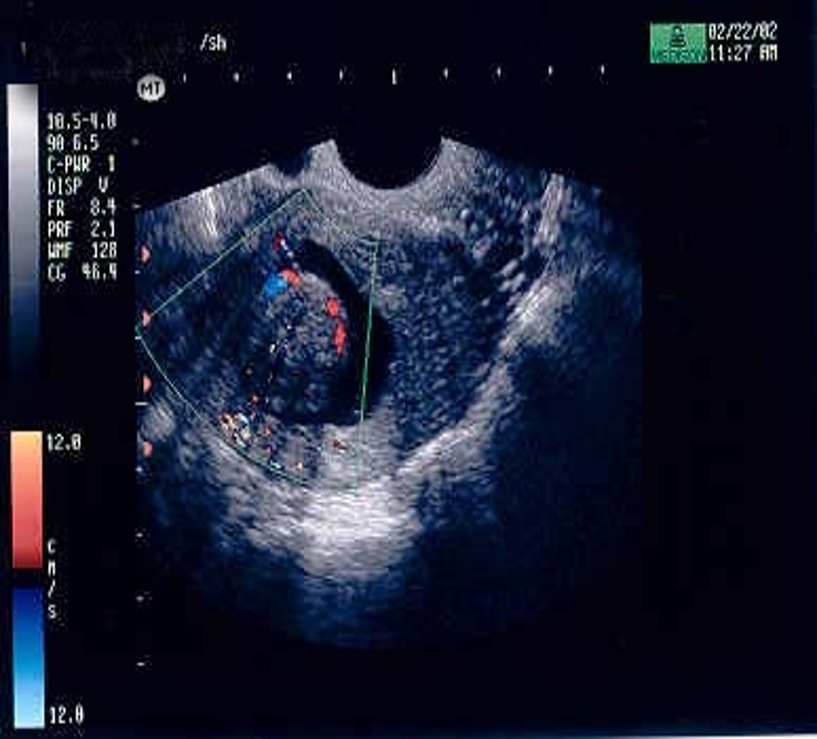
- Zika virus: Delayconception if potential exposure: 8 weeks: females or 3 months: males
- Subclinical hypothyroid: Treatment is associated with improved pregnancy outcomes when TSH levels are above 4 mIU/L.
- Tubal patency: Hysterosalpingo-contrast sonography was recently introduced as an additional screening method to assess tubal patency.
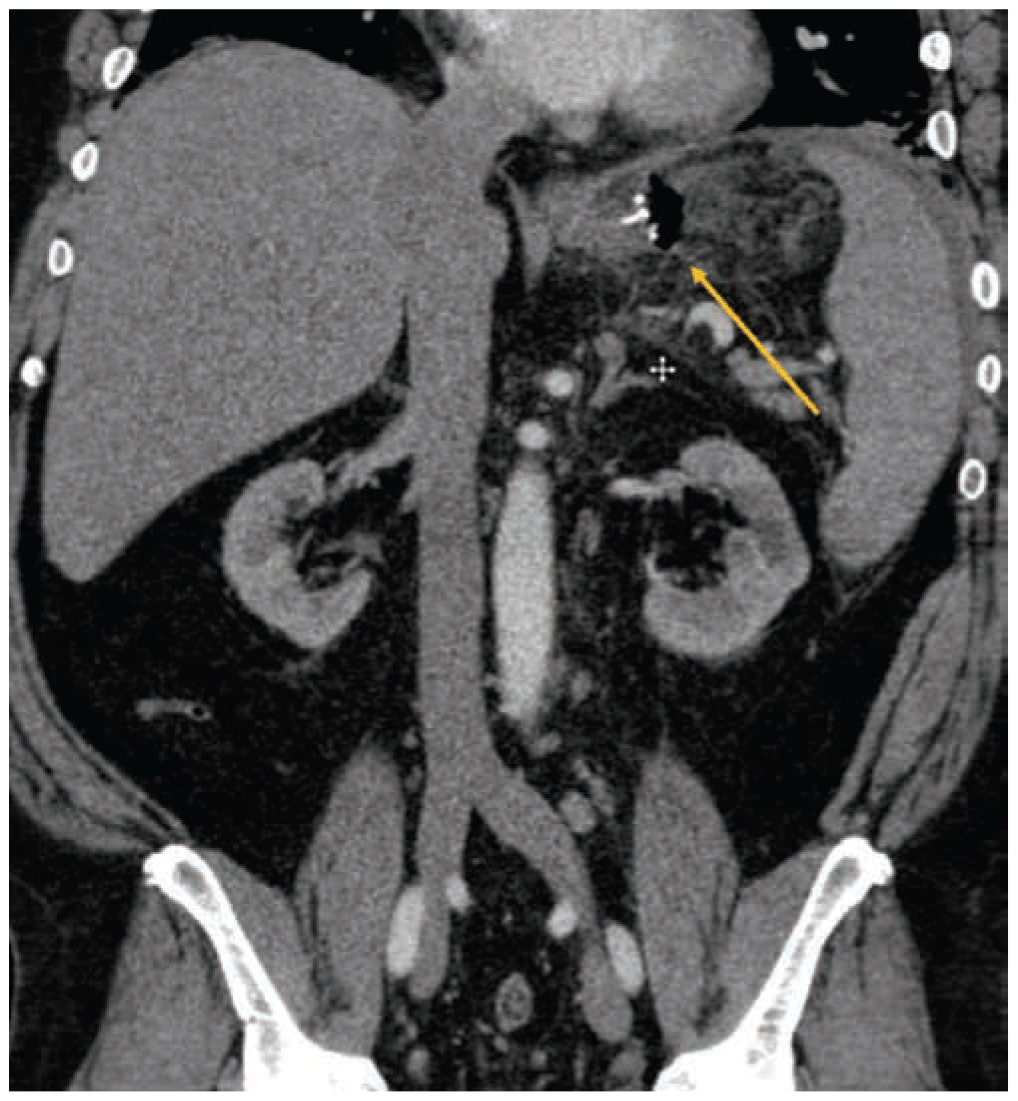
Complications Following Bariatric Surgery
- Bariatric surgery is the most effective therapy for obesity and associated metabolic diseases
- 200,000 bariatric procedures are performed annually in the US with an overall low complication rate
- Laparoscopic sleeve gastrectomy and Roux-en-Y gastric bypass are the most commonly performed procedures and each have unique complication profiles

- Review of emerging genetics and etiologic theories of bipolar disorders
- Correlation between recent neurobiologic findings and clinical manifestations of bipolar disorders
- Discussion of the role of endocrine and immune alterations in metabolic derangements associated with bipolar disorders
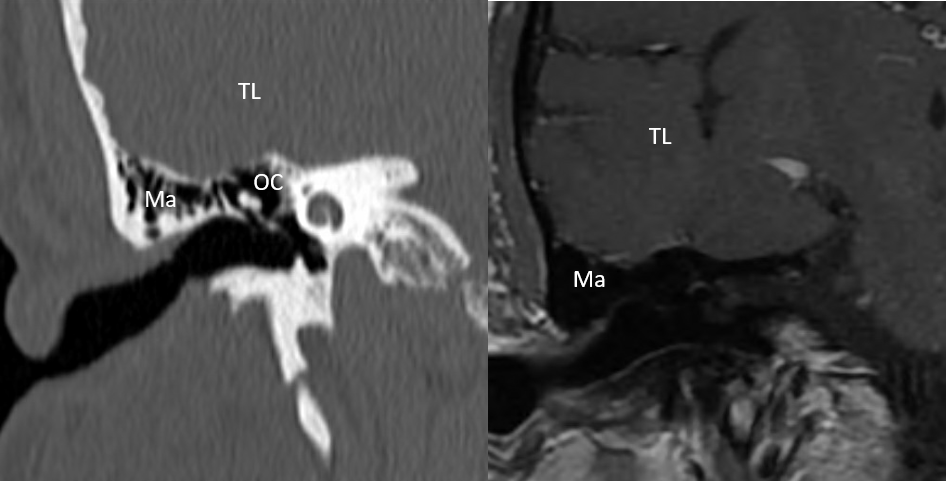
- The proportion of spontaneous CSF leaks is increasing and appears to be related to increasing prevalence of obesity and obstructive sleep apnea
- Resolution of obesity and obstructive sleep apnea may prevent CSF leak recurrence, development of a leak at another site, or even allow a CSF leak to heal without surgery
- Intracranial hypertension is now being recognized as a cause for other otologic and non-otologic symptoms such as headaches and pulsatile tinnitus
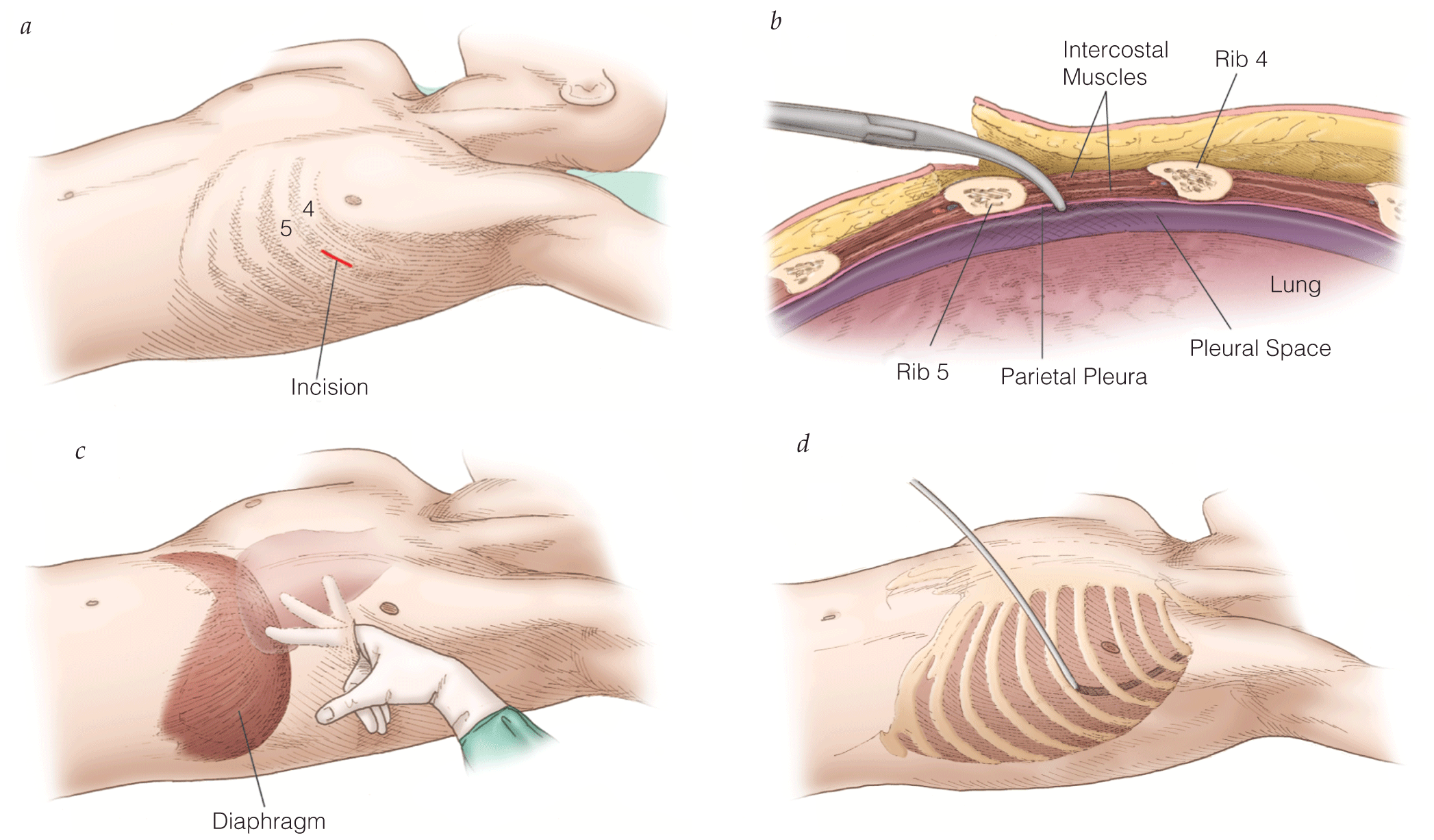
Initial Management of Life-Threatening Trauma
- Initial volume resuscitation should commence with 1 L isotonic crystalloid solution followed by blood products at 1:1:1 ratio (1 unit packed red blood cells to 1 unit fresh frozen plasma to 1 unit platelets) if the patient is not responsive to the initial fluid bolus.
- In patients with massive hemorrhage or evidence of fibrinolysis, tranexamic acid has demonstrated improved survival if administered within 3 hours of injury.
- Use of resuscitative endovascular balloon occlusion of the aorta may be an important adjunct in the control of life-threatening abdominal or pelvic hemorrhage.
- In cases of external hemorrhage of an extremity, a tourniquet should be used to control bleeding.


.png)







